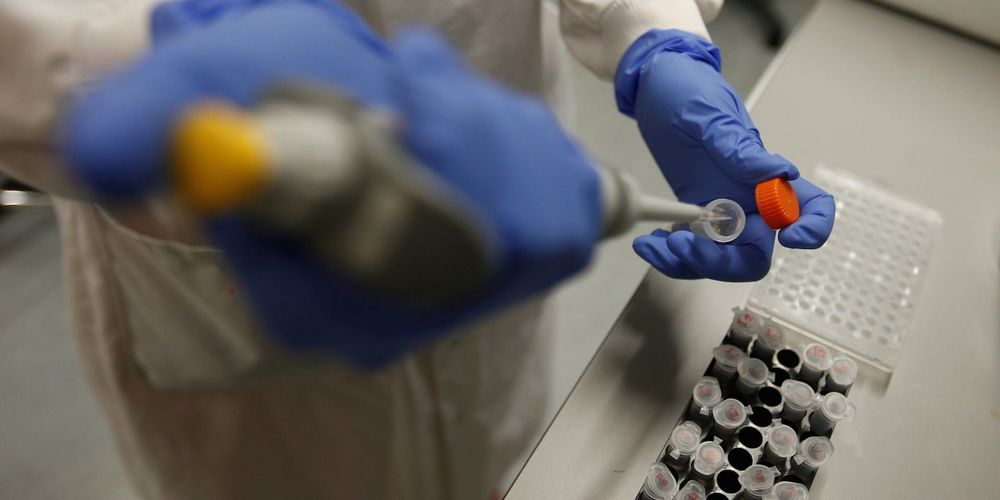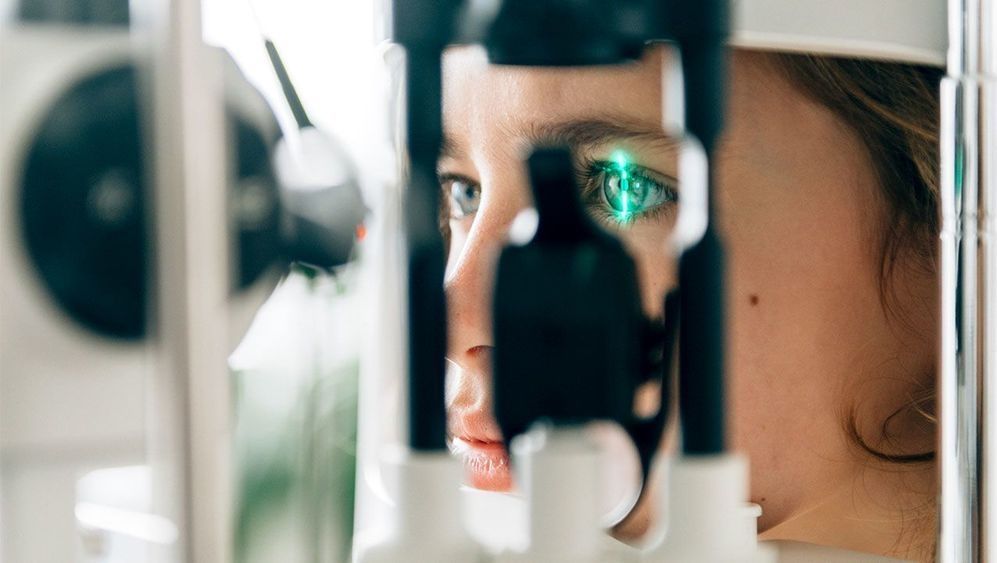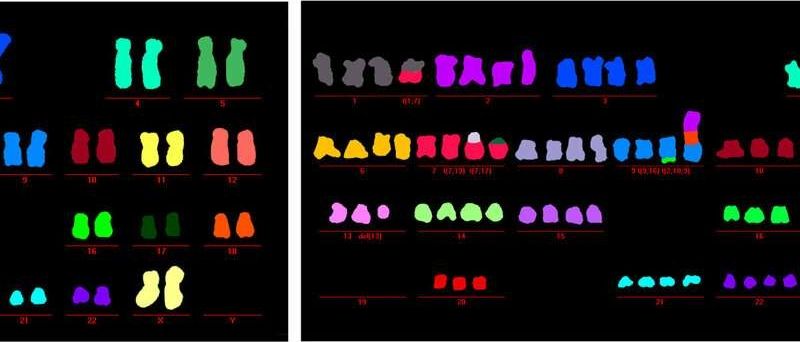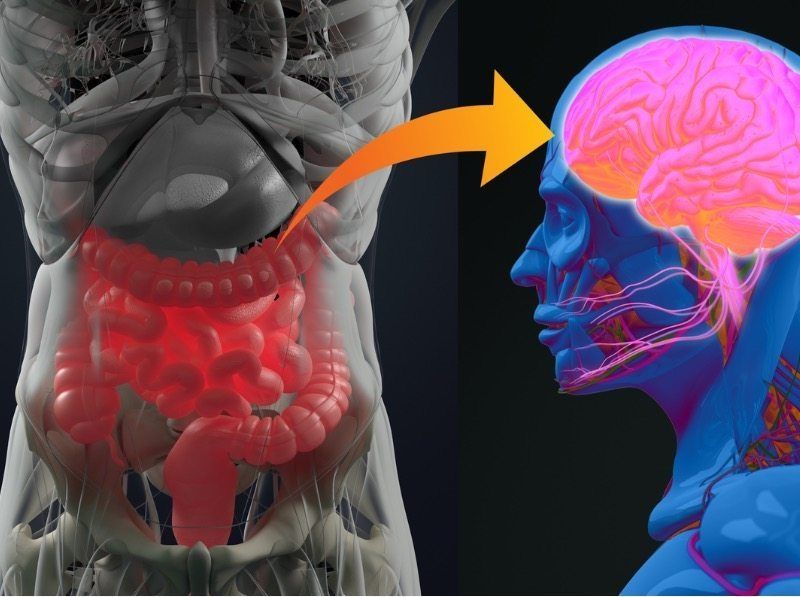More than 1,000 birds died at a lake in Southern California earlier this month, state wildlife officials announced Tuesday.
The birds – primarily migratory water fowls such as Ruddy Ducks, Northern Shovelers, Black-necked Stilts and Gulls – died at the Salton Sea after contracting a contagious bacterial disease known as avian cholera, which is caused by the bacterium Pasteurella multocida, the California Department of Fish & Wildlife (CDFW) said in a statement.
NEW YORK’S CENTRAL PARK IS NOW HOME TO A RARE AND COLORFUL MANDARIN DUCK









